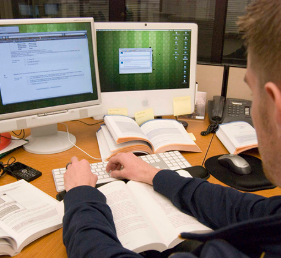Virtual classrooms have become a key part of learning, offering flexibility and access to education from anywhere. However, technical issues can sometimes disrupt the flow of a class and cause frustration for both teachers and students. The good news is, with some simple tips and preparation, you can handle technical challenges smoothly and keep the learning experience positive.
1. Prepare in Advance
Before your virtual class begins, test your internet connection, audio, and video equipment. Make sure your device is fully charged or plugged in. This can help prevent many common problems.
2. Have a Backup Plan
Technology can be unpredictable, so it’s helpful to have a backup plan. This could be a secondary device, a phone hotspot for internet, or an alternative way to share materials, like email or a class website.
3. Stay Calm and Patient
Technical difficulties happen to everyone! Staying calm helps you think clearly and solve problems faster. Remember, students will follow your example, so patience sets a positive tone.
4. Communicate Clearly
If you experience an issue during class, let your students know what’s happening and how long it might take to fix. If the problem can’t be resolved quickly, provide instructions for what students should do next, such as reviewing materials or logging back in later.
5. Use Built-In Support Tools
Most virtual classroom platforms have support tools like chat, help centers, or troubleshooting guides. Familiarize yourself with these resources so you can use them when needed.
6. Encourage Student Support
Sometimes students might face technical issues too. Encourage them to inform you early and offer tips or resources to help. Creating a supportive environment makes everyone feel more comfortable dealing with challenges.
7. Keep Software Updated
Regularly update your video conferencing apps, browsers, and operating system. Updates often fix bugs and improve performance, reducing technical glitches.
8. Practice Using the Platform
Spend some time exploring the virtual classroom tools outside of class. This helps you become more confident and able to troubleshoot common issues quickly.
By preparing ahead and responding calmly, technical issues don’t have to interrupt your virtual classroom. With a little patience and flexibility, you can create a smooth and successful learning experience for everyone.





